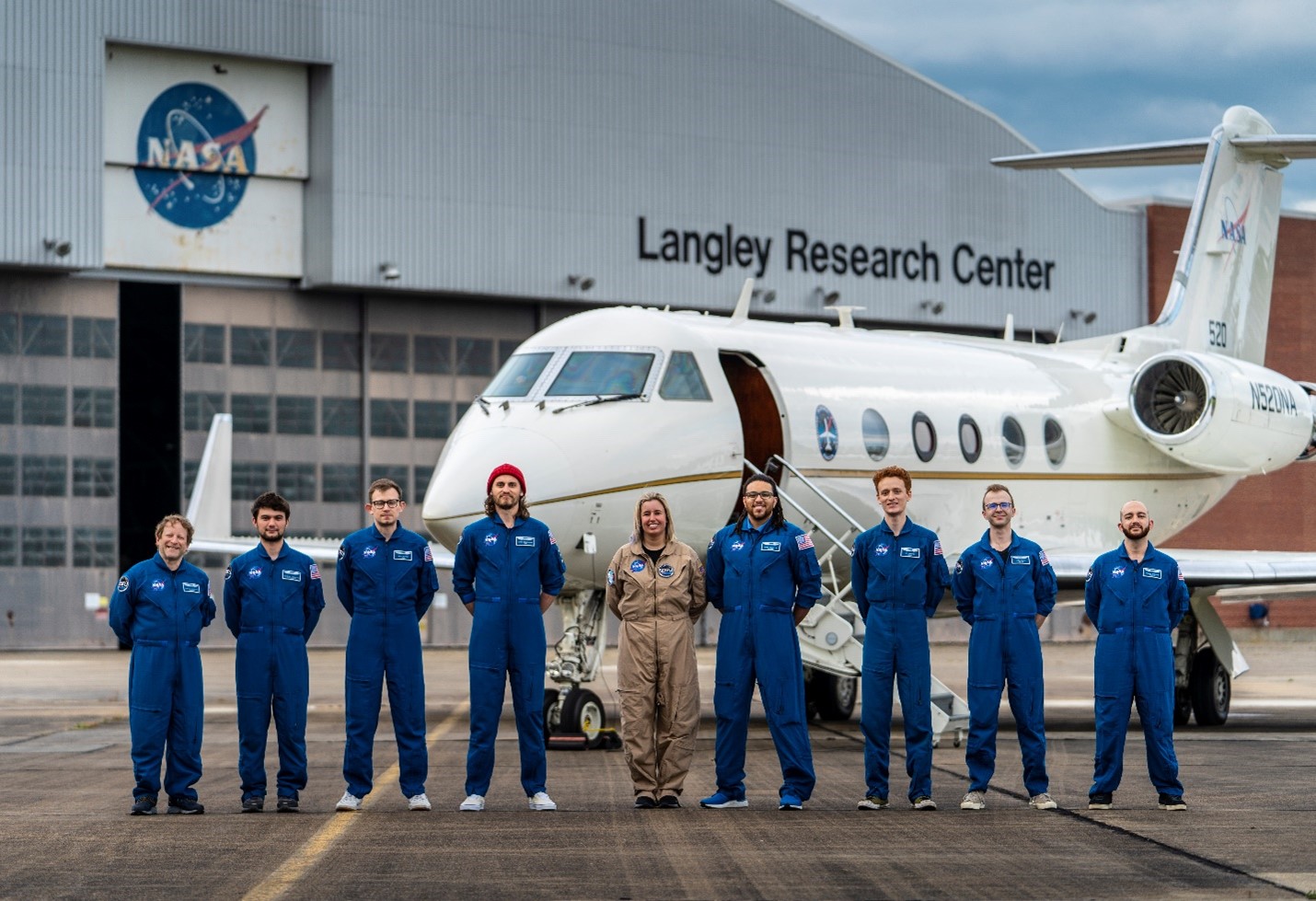For this unique mission, SCIFLI partnered with the University of Alaska Fairbanks (UAF) to conduct an experiment on the movement of energy and momentum across magnetically connected regions of our atmosphere. The mission, launched from NASA’s Wallops Flight Facility in Virginia, released barium clouds at altitudes of 350 km and 400 km from a Black Brant XII sounding rocket. With a known energy input, measuring the expansion rate of the gas gave insights into the electromagnetic environment and kinetic physics of the upper atmosphere. Initially released as bursts of green gas, the barium clouds turned violet as they were exposed to sunlight and ionized, stretching out along the magnetic field lines into short trails of vibrant gas. This aroura-like display was visible all the way from Nova Scotia to Florida—some even spotted it as far inland as Ohio.
SCIFLI imaged the experiment from the air with NASA Langley’s Gulfstream III, with instrumentation and support from MARS Scientific. They also collaborated with UAF researchers collecting data from the ground. Since KiNET-X was an evening launch, and violet hues can be difficult to see against a dark sky, the infrared imagery and visual spectra SCIFLI collected were particularly important. Although the launch was delayed several times due to weather, once the experiment was performed on May 16, 2021, SCIFLI was able to collect the desired data, as well as some truly spectacular images.

